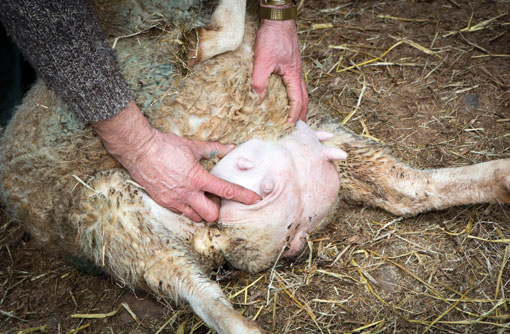- Location
- Montgomeryshire
Cows 4 teats, max 2 calves, fine.
Sheep, 2 teats, max 4 lambs, equals serious design flaw in my opinion. It's the biggest thing that pees me off about sheep. How did it come about. Heard they actually bred the Cambridge to have lots of lambs. Can't think of a more stupid thing to do, but I am not a shepherd, just get dragged in at lambing time away from the arable.
Dr Alun Davies, who was involved with Cambridge sheep from the start and is still secretary of their Society, did set about breeding 4 teated ewes at one point. Through selection I seem to remember him saying they had got up to some sheep that had 50% of the rear quarters yields in their front quarters. If the project had carried on, they would no doubt have eventually managed to breed sheep with 4 equal quarters, like cows.
However, to support the extra yield needed to grow 3-4 lambs at a reasonable rate, the energy intake would be huge, and certainly not possible from simple, cheap grass.
Personally, extra teats is quite high up my list of culling offences.
As to triplets in a lowland situation, at least a field full of triplets can become a field full of twins, whereas a lot of ewes scanned with singles will never finish so many lambs. As long as you have a system where you don’t have to put a lot of expensive inputs into triplet bearing ewes, you are better to have a ruck of trips imo, even if you give away the extras, or rear them for no profit.
Maximum margin must surely be from every ewe rearing two, off cheap inputs (grazed grass).






